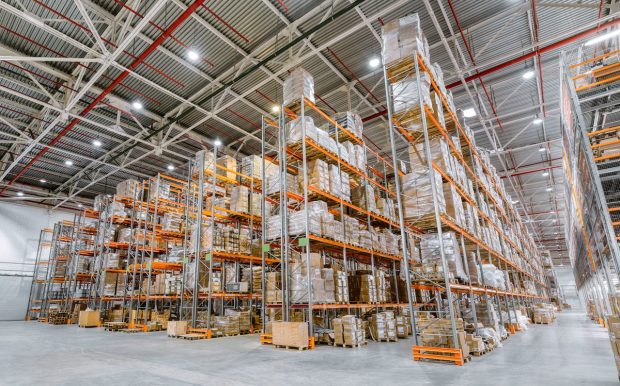Steer Technologies’ Digital Restaurant Supply Business Valued at $47.14 Million

Steer Technologies has completed a previously announced sale of 37.5% of its digital restaurant supply business.
With the completion of this $18 million direct investment, the digital restaurant supply business has a post-money valuation of $47.14 million and is set to grow its subscription-based and on-demand services, Steer Technologies said in a Thursday (March 30) press release.
“We expect that this significant influx of capital will allow us to further scale and enhance our platform, thus bringing greater value to our customers in today’s evolving and highly competitive landscape,” Steer Technologies CEO Suman Pushparajah said in the release.
Following the transaction, the digital restaurant supply business will focus on furthering automation of warehouse operations, expanding the selection of stock-keeping units (SKUs) available on the platform and reaching new customers, according to the release.
“Having been involved in Steer’s restaurant supply business since its inception, I see the enormous potential this platform has both in terms of growing its geographic footprint and increasing presence in our current markets,” Di Han, head of Steer’s restaurant supply business, said in the release.
PYMNTS research has found that restaurants have benefited tremendously when they shift to modern payment systems and other digital capabilities.
For example, 90% of restaurant owners view increased automation of back-of-house operations as a way to free up time to focus on more important tasks, according to “Inflation Makes Technology Table Stakes for Restaurants,” the March edition of the “Money Mobility Tracker®,” a PYMNTS and Ingo Money collaboration.
While digitization was previously driven by the demands of the pandemic, it’s now being pushed by the pressures of inflation.
Inflation creates demand for labor-saving restaurant technology, GoTab CEO Tim McLaughlin told PYMNTS in an interview posted in February.
Looking at the technology space overall, McLaughlin said that many providers are trying to unify too many unrelated tools through a single platform rather than focusing on doing a handful of tasks well.
“We’re focused on two parts of the business — commerce, meaning taking orders and payment for those orders, and then fulfilling them,” McLaughlin said at the time.
